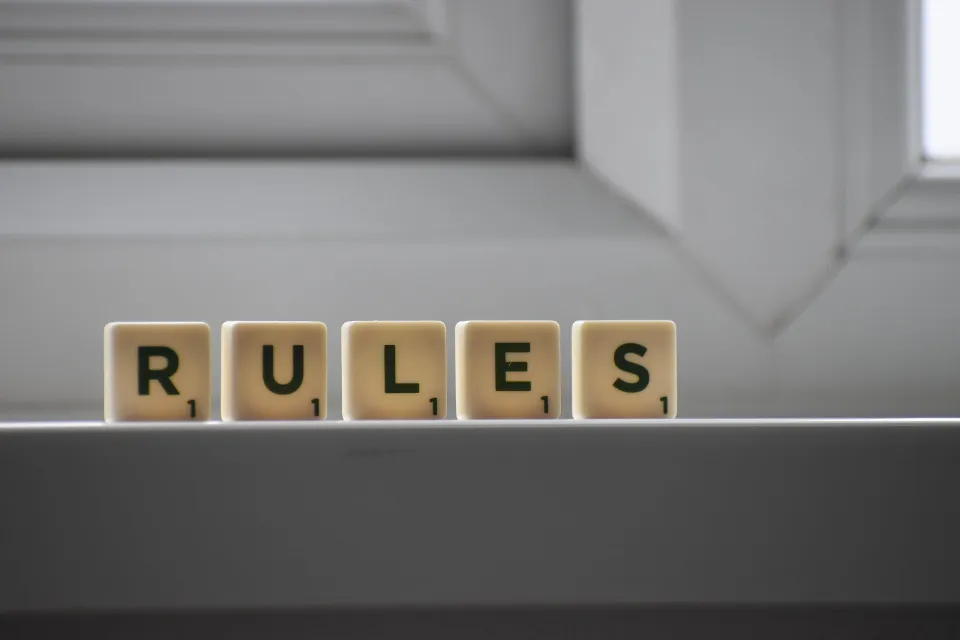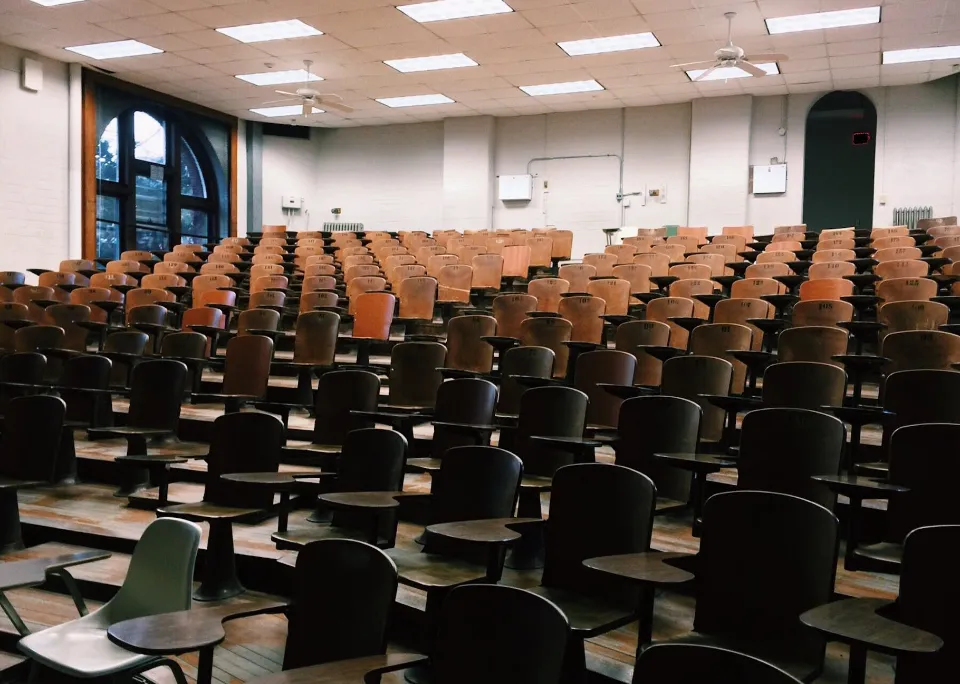
Why Are Classroom Rules Important? the Importance of Classroom Rules
This article will assist in addressing your concerns if you have been wondering why and how classroom rules are important.
Setting fair and reasonable classroom rules and upholding them are the first steps in ensuring the academic and emotional success of all students. By establishing and enforcing rules with obvious consequences, you can aid your students in comprehending limits and what is expected of them in the classroom.
Please read this blog and try to understand the significance of classroom rules.
Why Are Classroom Rules Important?
Rules for the classroom in elementary and middle school define expectations. They explain to everyone what is appropriate behavior and why. Fair rules shouldn’t change your classroom’s culture too abruptly, but they should allow space for creativity, personality, and communication.
They safeguard students’ emotional and physical well-being and safeguard their educational experience from offenses or disruptions. It should not feel restrictive to follow rules; rather, it should feel enlightening. Every student should understand and feel that the classroom is a safe space, and rules will help to create that space.
It Promotes Safety

One advantage of having effective classroom rules is that it helps you create a safer class environment for everyone. For students to learn and grow, the classroom serves as a community or setting. For effective teaching and learning, there needs to be a physical and emotional environment.
However, without a system that makes it clear what people can and cannot do, these objectives cannot be fully attained. For instance, a lack of rules may encourage disruptive behavior and/or misbehavior in the classroom. As a result, the environment is less emotionally secure, which makes it harder for the students to learn.
Effective rules also always deter or forbid actions like fighting and participating in risky activities. This helps to keep students from getting hurt physically. Hence, the physical environment becomes a safer place for teaching and learning to occur.
As a result, ensuring everyone’s safety is a key reason I’ll always advise you to set rules for your lessons.
It Produces Responsibility Among Everyone
Students learn responsibility through the existence of rules and their application. Rules instill in everyone a sense of self-awareness and a sense of accountability for their deeds or lack thereof. Knowing that everyone knows the consequences of their actions, whether positive or negative.
In order to be effective, rules must be balanced between the ability to both prevent and respond to inappropriate behavior. Effective rules also discourage students from misbehaving by focusing on alternatives to punishments, such as other consequences.
Students who are responsible always follow the rules and steer clear of prohibited activities. You can teach your students to be responsible people by setting up rules for the classroom.
It Promotes Effective Teaching

In order to effectively instruct students in our classrooms, teachers constantly seek out new opportunities. However, we sometimes struggle to achieve that due to both in-class and out-of-class problems. If we have clear and effective classroom rules, almost all of the issues that hinder our ability to teach effectively can be avoided or minimized. Noise meters can help your class calm down.
Because classroom rules enhance our ability to manage the classroom, this is possible. One of the most important tools for managing classes is the rulebook. This is why educational researchers encourage teachers to establish or establish rules for the classroom at the start of their lessons with the students.
Without classroom rules, our classes will look like jungles where everyone does what he or she wants with no limits. In other words, there won’t be rules or guidelines for classroom behavior. Therefore, we must always consider having clear classroom rules, procedures, and standards to guide the behavior of everyone in our classes.
It Promotes Effective Learning
Teachers can better prepare their classrooms for effective learning by following established rules. A structure or framework must exist where two or more people will interact with one another.
This enables the gathering’s continuation and smooth operation. The framework is aided by rules. The classroom is a social setting. Therefore, there must be rules to guide the attitude and behavior of students. Having that promotes the development of appropriate behaviors in students.
Creating Classroom Rules
Consider the setting for your ideal classroom. Is it mandatory for students to raise their hands before speaking, or are they free to do so whenever they want? Can students move around the room, or should they remain in an assigned seat?

Then, imagine your students’ ideal classroom culture. Where does your own vision meet it? Where does it not? Consider if there are compromises you can make to create a comfortable space for everyone. Shape the structure of your rules using these visions.
Open communication can be established by involving your students in the process of developing the rules for the classroom. More control over their learning environment may give students a sense of empowerment, which may increase their propensity to follow the rules.
They’ll be aware that the laws are just, reasonable, and advantageous to all parties. Students may even approach you with additions or modifications to the rules as the class develops throughout the academic year.
Remember that many students have more than one teacher during the school day, so being consistent with your rules is essential whether you decide to set them yourself or work with your class to do so. Keeping your classroom’s rules closely aligned with those of your school and your fellow teachers will help prevent confusion and disruptions.
How to Teach Classroom Rules?

If you developed the rules for your classroom with the help of your students, a lot of the work involved in explaining and enforcing these rules may have already been done for you.
However, you might still need to lay the groundwork if you were the one who decided on the rules for the classroom. Start by explaining the justification for the rules to your students. Tell them that by adhering to the rules, everyone will feel safe and the learning environment will remain uninterrupted. You can also inquire if anyone has any additional comments or believes that any of the rules are unfair.
Making a visual representation of the rules in your classroom can also be helpful. Even better, try having your students design the visual themselves! On a poster, jot down the rules or have a student do it; then have everyone color the words or sketch illustrations of the rules next to them.
Use this opportunity to involve everyone in the process of setting rules by having each student sign their name at the bottom of the activity as if it were a contract.
From then on, if a rule is broken, you can ask the student/s about the rule and its reasoning. After the appropriate penalties have been applied, you can check to see if the class or the student still believes the rules are fair or if any changes need to be made, along with why.
Although following the rules and their repercussions is crucial, communication is also crucial. Regularly check in with your students to see how they feel about the rules and to see how they are being followed.
Conclusion: The Importance of Classroom Rules
Classroom rules are important because of the following reasons:
- It promotes safety.
- It supports effective instruction.
- It encourages productive learning.
- It results in responsible students.
If possible, involve the students in creating the rules. On the first day of the new school year’s classes, this can be done. Students will have buy-in for why they should abide by the rules if they are given a say in the process.
FAQs
How Does Classroom Management Affect the Teaching-Learning Process?
It can help create a positive learning environment, prevent disruptive behavior, and set clear expectations for student behavior. Reduced time spent dealing with disruptive behavior in the classroom can also help teachers teach more effectively and efficiently.
What is a Well Managed Classroom?
A well-managed classroom functions according to rules, routines, and consequences. It is essential that these guidelines, procedures, and penalties are both transparent and equitable. The expectations are clear to the students, and they are also aware of inappropriate behaviors.


